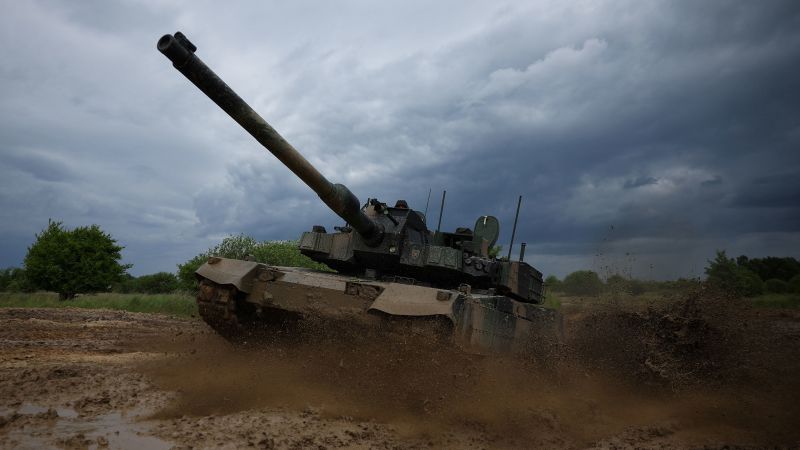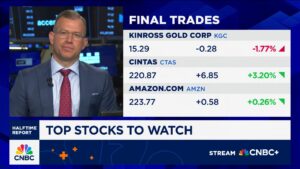
Poland has finalized a significant deal to acquire a second batch of 180 South Korean K2 tanks, bolstering its military capabilities amid rising tensions in Eastern Europe. Under a framework agreement established in 2022, this transaction will increase Poland’s total tank acquisitions to nearly 1,000 units, marking a pivotal moment in the country’s defense strategy as it seeks to enhance its military presence in the region.
The Polish Defense Ministry announced the deal, valued at $6.7 billion, via a post on the social media platform X earlier this month. This agreement includes not only the tanks but also 80 support vehicles, ammunition, and logistics and training packages for the Polish Army. The K2 tanks, regarded as among the most formidable in the world, will be partially produced in Poland, with 60 units manufactured locally by defense giant Hyundai Rotem as part of a joint production initiative.
Strategic Military Expansion Amid Growing Threats
This new acquisition comes at a crucial time for Poland, which shares a border with Ukraine and has been increasingly vigilant following Russia’s intensified military actions. The recent escalation of Russian drone attacks has heightened concerns in Warsaw, particularly after a barrage targeted the Ukrainian city of Lutsk, located approximately 50 miles from the Polish border.
Poland has been proactive in increasing its defense budget, which has surged from 2.7% of GDP in 2022 to a projected 4.7% in 2025, according to a NATO report. This financial commitment positions Poland as the NATO ally with the highest percentage of GDP allocated to defense spending. The country’s military strategy also includes significant support to Ukraine, with reports indicating that Poland has donated over 300 tanks and more than 350 infantry fighting vehicles to assist in the ongoing conflict.
The deal builds upon a previous contract that included the delivery of 180 K2 tanks, of which all but about 45 have already been delivered. The final units from that initial batch are expected to arrive by the end of the year. The framework deal, considered South Korea’s largest overseas defense agreement, encompasses a total of 980 K2 tanks, 648 self-propelled K9 howitzers, and 48 FA-50 fighter jets.
South Korea Emerges as a Key Arms Supplier
As global conflicts strain U.S. military resources, South Korea has positioned itself as a critical arms supplier, particularly to U.S. allies. According to the Stockholm International Peace Research Institute (SIPRI), South Korea has become the world’s tenth-largest arms exporter over the past five years, with Poland receiving 46% of its military exports during this period.
The shifting landscape of military support has led to increased attention on South Korea’s defense industry. A report from the Stimson Center highlights that the U.S. may increasingly rely on South Korean capabilities to replenish its own stockpiles as military aid to Ukraine and Israel continues. The report emphasizes the potential for South Korea’s defense industrial base to significantly contribute to U.S. military operations.
Despite Poland’s aggressive arms acquisition strategy, concerns remain regarding the sustainability of its financing model. A report from the RAND Corporation cautions that many of Poland’s military purchases are financed through direct loans from supplier countries. If securing such loans becomes difficult, the nation may face challenges in turning agreements into binding contracts.
Additionally, Poland must address recruitment challenges, as it aims to increase troop strength by nearly 50% over the next decade.
South Korea’s military exports to Poland include 174 K9 howitzers, with 38 remaining to be delivered, and a second batch of 152 K9s currently in development. The delivery of the 48 FA-50 jets is ongoing, with only 12 having reached Poland so far.
As Poland continues to enhance its military capabilities, its relationship with South Korea reflects broader geopolitical dynamics and the growing necessity for regional defense partnerships in the face of evolving threats.






